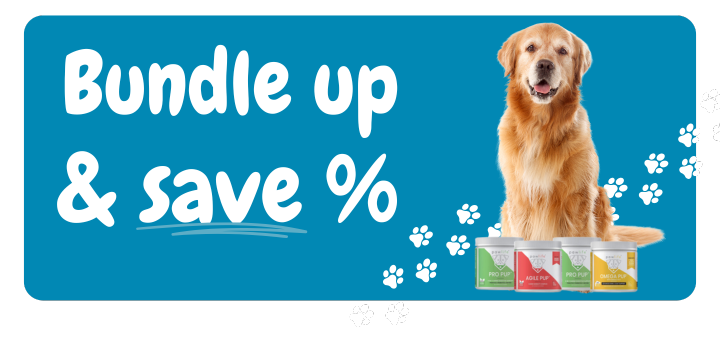You may have heard that a dog’s mouth is cleaner than a human’s, but despite this, dogs can still develop dental problems like cavities, plaque buildup, tartar, and gingivitis. While they are less prone to these dental problems than humans, a seemingly small like issue like bad breath or yellow teeth can quickly lead to life-threatening infections if left untreated.
This makes it all the more important to brush up on your doggy dental knowledge so you can help protect your furry friend from potential diseases of the heart, liver, and kidneys. Here are our top tips for caring for your pup’s pearly whites:
Brushing daily
You are about to become a lot closer to your dog if you haven’t brushed their teeth before! A canine toothbrush with a double head that brushes at a 45-degree angle is the best way to go about this step, as well as a calm demeanor and encouraging them with a soothing voice throughout.
Make sure to start off slow and choose a time after they’ve had tons of exercise so their energy will be all played out and they are more likely to sit still. You can start with small sections of their mouth until they get used to it, brushing more each day until you’re brushing away at their whole mouth! Reward them with a treat afterwards, too!
Choosing the best toothpaste
This is probably the most important thing to keep in mind: never, ever use human toothpaste to brush your dog’s teeth. Most toothpastes contain fluoride, which is toxic to dogs. Instead, find a quality one for dogs at your local pet store.
Food plays a role
Brushing isn’t everything – making sure your pets eat the right food is just as important. Dry food is better than wet food here, as crunchy pellets help clear plaque while wet food can stick to their teeth and kickstart buildup and decay.
Avoid certain toys
Some toys can wreak havoc on your pet’s mouth. These include bones, hard cheese rinds, hooves, antlers, nylon chew toys, pig’s ears, ice cubes, sticks, and rocks. While the last two are outside of your control should your dog start chewing on them outside, the first few are products to absolutely avoid giving your dog! Not only can these break your dog’s teeth, cut their mouths, and be a choking hazard, they can also splinter off and cause further damage in your dog’s stomach and intestines. Instead, buy softer toys that are suited for dogs that you can watch them play with. And, if it hurts when you tap your knee with the toy, then it’ll hurt your dog’s mouth as well.
When should I see a vet?
Check on your dog’s mouth at least once a week if you don’t brush their teeth. See a vet immediately if you notice any of these signs:
- Bad breath
- Change in manner of eating or chewing
- Excessive drooling
- Pawing their face or mouth
- Misaligned, discolored, broken, or missing teeth
- Depression
- Red, swollen, painful, or bleeding gums
- Bumps or growths in their mouth
- Yellow-brown colored tartar crust along their gum line
Follow these tips to keep your pet’s mouth healthy and avoid expensive trips to the vet! Remember, a healthy mouth means a happy and healthy pet, and a happy owner too as you won’t have to face their bad breath!


